KINDERGARTEN LEARNING MODULES:
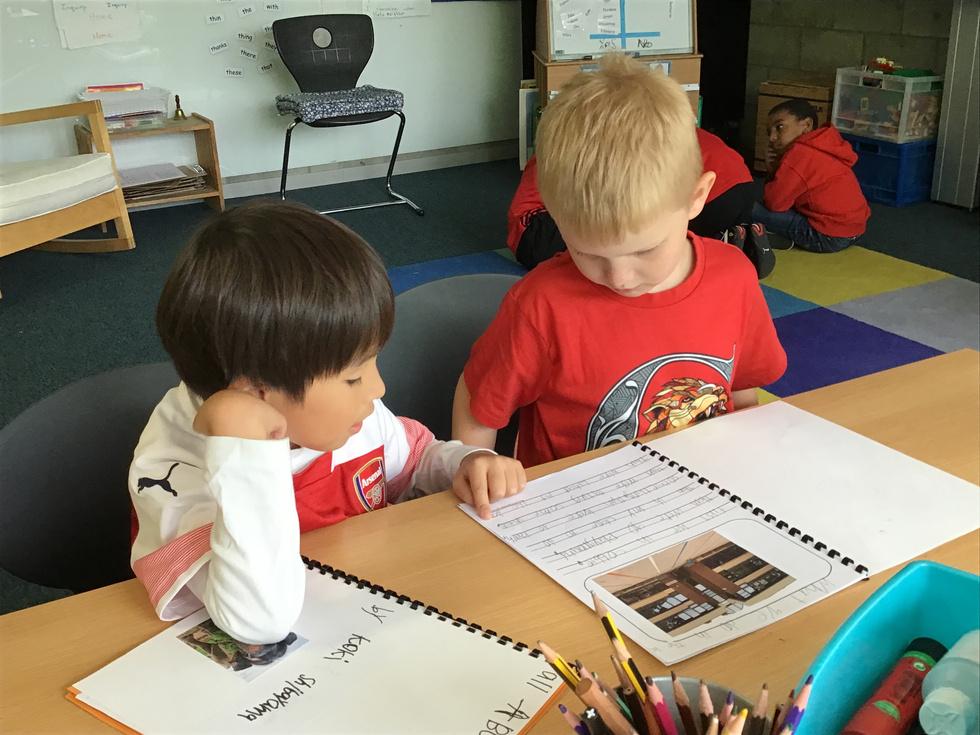
Forces and Motion
Understanding the relationship between mass and the force required to move an object
Science-Forces and Motion Math- Measurement and Mathemat cal Thinking
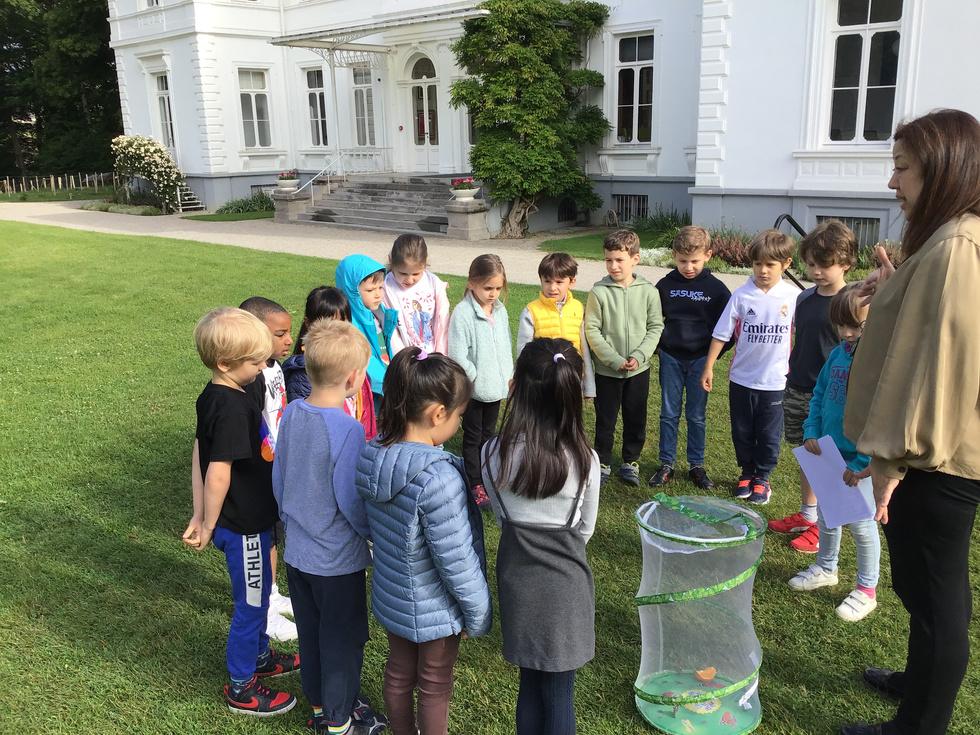

Learners understand that:
The way objects move depends on a variety of factors, inc uding their size and shape
A push or a pull affects how an ob ect moves or changes shape
How Things Are Made
Learners understand that:
There are stages on production of goods and provision of serv ces
Some goods and services are produced in our community and some are produced by other communities so we need a system that a lows us to buy and se l goods and serv ces to meet our needs
Earth s resources are used in a variety of ways
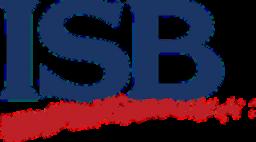
Observing Change through Life Cycles
Science-Patterns n the Natural World Math- Sequenc ng
Learners understand that:
L v ng things have bas c survival needs including food, water and shelter, which are met by their environment
L v ng things have a var ety of externa features
L v ng things grow, change and have offspr ng similar to themselves
Understanding of the pr nciples of forces and motion can help us move things more efficiently At the beg nning of this modu e, earners share their init al ideas around real life problems such as moving a large object Through hands-on activities learners explore a variety of forces includ ng pushing pull ng throwing dropping rol ing and f y ng By conducting experiments they begin to manipu ate variab es such as fr ction surface s ze shape and mass and observe the impact they have on mov ng objects As their experience grows the earners are encouraged to make predictions, construct and test hypotheses Using the inquiry process enables the learners to think of themselves as investigators and scientists that ask questions and seek out answers to real life problems
In this module earners develop langauge used to describe measurements ncluding speed, size, volume and weight
The resources that we use n our everyday ives come from a range of different sources and go through d fferent processes of product on Throughout this module, learners explore a variety of raw materials and put these materials through a process in order to create products Learners observe how the procedure can affect the outcome for example an apple may become apple juice or app e sauce depending on the process the apple is put through Learners look at the sequence of steps that various products go through and focus on the importance of order and sequence Through a range of cook ng/ craft/ construct on act vit es learners are provided with mult ple opportun ties to follow and create sets of instructions to make various products They look at common items around them invest gate their origins and compare where they were made (homemade versus factory made, local versus imports)
This module cu minates in the creat on of a How-To video to share with a wider audience and/or a poster that explains a procedure
Explor ng our natural world he ps us build a connection to nature in its various forms Being equipped with greater knowledge and understanding can help us appreciate and protect our ving wor d Learners observe changes both in the forest and in the classroom as they watch the life cycles of frogs butterflies and adybugs unfold before them They explore big quest ons l ke- What is change? Where does it occur n nature? Why does th s happen? How can one observe the life cyc e in nature? Learners complete research and gather information through observations computer programs books and other sources The culminat ng project ends with the learners g v ng a sc ence presentation on the life cycle of an anima to their parents, during a gallery walk Learners have multiple experiences organiz ng information and represent ng it using flow charts
This module is linked to the writing genre - Report Writ ng
In smal groups learners create a report about an animal or insect and complete an individua poster about the r life cycle Non-fict on text features are introduced and explored
CONSTRUCT QUESTIONS:
Learners are ab e to:
conduct preliminary research around a broad topic wh ch al ows the topic to be narrowed appropriately construct a powerful research quest on that requires analysis and conceptual depth construct smaller questions that ead to a possible answer to a bigger question
IDENTIFY CURRENT KNOWLEDGE AND UNDERSTANDING
Learners are ab e to:
ident fy what they currently know and understand about a particular dea, concept or topic ident fy gaps in their knowledge and understanding of a particular idea, concept or topic, as wel potential m sconceptions

Understanding
Science-Products and Processes
ng how the needs of l v ng things change across their ife cycles
that production nvolves a series of steps
Understand
Description Connected Disciplines Conceptual Understandings Learning Engagements TRANSFERABLE Research skills: TRANSFERABLE Thinking skills:
END OF KINDERGARTEN BENCHMARKS:
Counting & Cardinality
Knows number names and the count sequence
Counts to 100 by ones
Counts to tell the number of objects
When counting objects, says the number names in the standard order, pairing each object with one and only one number name and each number name with one and only one object
Compares numbers
Identifies whether the number of objects in one group is greater than, less than, or equal to the number of objects in another group
Compares two numbers between 1 and 10 presented as written numerals
Patterns
Works with patterns
Recgnizes, repeats and creates patterns
Operations and Algebraic Thinking:
Recognizes addition as putting together and adding to, and recognizes subtraction as taking apart and taking from Represents addition and subtraction with objects, fingers, mental images, drawings, sounds (e g , claps), acting out situations, verbal explanations, expressions, or equations
Solves addition and subtraction word problems, and add and subtract within 10, e g , by using objects or drawings to represent the problem
Number and Operations:
Works with numbers 11-19 to gain foundations for place value
Decomposes numbers less than or equal to 10 into pairs in more than one way, e g , by using objects or drawings, and record each decomposition by a drawing or equation (e g , 5 = 2 + 3 and 5 = 4 + 1)
For any number from 1 to 9, finds the number that makes 10 when added to the given number, e g , by using objects or drawings, and record the answer with a drawing or equation
Fluently adds and subtracts within 5
Composes and decomposes numbers from 11 to 19 into ten ones and some further ones, e g , by using objects or drawings, and record each composition or decomposition by a drawing or equation (such as 18 = 10 + 8); understand that these numbers are composed of ten ones and one, two, three, four, five, six, seven, eight, or nine ones
Measurement and Data:
Describes and compares measurable attributes
Describes measurable attributes of objects, such as length or weight Describe several measurable attributes of a single object
Directly compares two objects with a measurable attribute in common, to see which object has "more of"/"less of" the attribute, and describe the difference For example, directly compare the heights of two children and describe one child as taller/shorter
Classifies objects and counts the number of objects in each category
Classifies objects into given categories; counts the numbers of objects in each category and sort the categories by count
Geometry:
Identifies and describes shapes
Describes objects in the environment using names of shapes, and describe the relative positions of these objects using terms such as above, below, beside, in front of, behind, and next to
Correctly names shapes regardless of their orientations or overall size

Analyzes, compares, creates, and composes shapes
Analyzes and compares two dimensional shapes, in different sizes and orientations, using informal language to describe their similarities, differences, parts (e g , number of sides and vertices and other attributes (e g , having sides of equal length)
Models shapes in the world by building shapes from components (e g , sticks and clay balls) and drawing shapes
Mathematical Thinking
Creates mathematical models
Demonstrates their thinking with pictures

M
c
a t h e m a t i
s
END OF KINDERGARTEN BENCHMARKS:
Reading:
Accuracy and Fluency - Reads texts accurately and fluently at the following level

Reads C/D level texts accurately
Concepts about Print - Draws on context, phonics and sight words when reading
Reads environmental print
Manipulates phonemes
Recalls letters and sounds and recalls K sight words
Comprehension Strategies - Makes meaning of information
Makes connections and responds to text read to them
Uses pictures and context to understand guided leveled text
Writing:
Organizing and Connecting Information- Use a combination of drawing, dictating, and writing to:
Compose opinion pieces in which they tell a reader the topic or the name of the book they are writing about and state an opinion or preference about the topic for the book (eg , My favorite book is )
Compose informative texts in which they name what they are writing about and supply some information about the topic
Narrate a single event or several loosely linked events, tell about the events in the order in which they occurred, and provide e a reaction to what happened


Use of Vocabulary - Uses a range of appropriate vocabulary to support the purpose of the text
Identify new meanings for familiar words and apply them accurately
Use the most frequently occurring inflections and affixes (e g , -ed, -s, re-, un-, pre-, -ful, -less) as a clue to the meaning of an unknown word
Sort common objects into categories (e g , shapes, foods) to gain a sense of the concepts the categories represent Demonstrate understanding of frequently occurring verbs and adjectives by relating them to their opposites (antonyms)
Identify real-life connections between words and their use (e g , note places at school that are colorful)
Distinguish shades of meaning among verbs describing the same general action (e g , walk, march, strut, prance) by acting out the meanings
Use words and phrases acquired through conversations, reading and being read to, and responding to texts
L
i t e r a c y
i t e r a c y
END OF KINDERGARTEN BENCHMARKS:
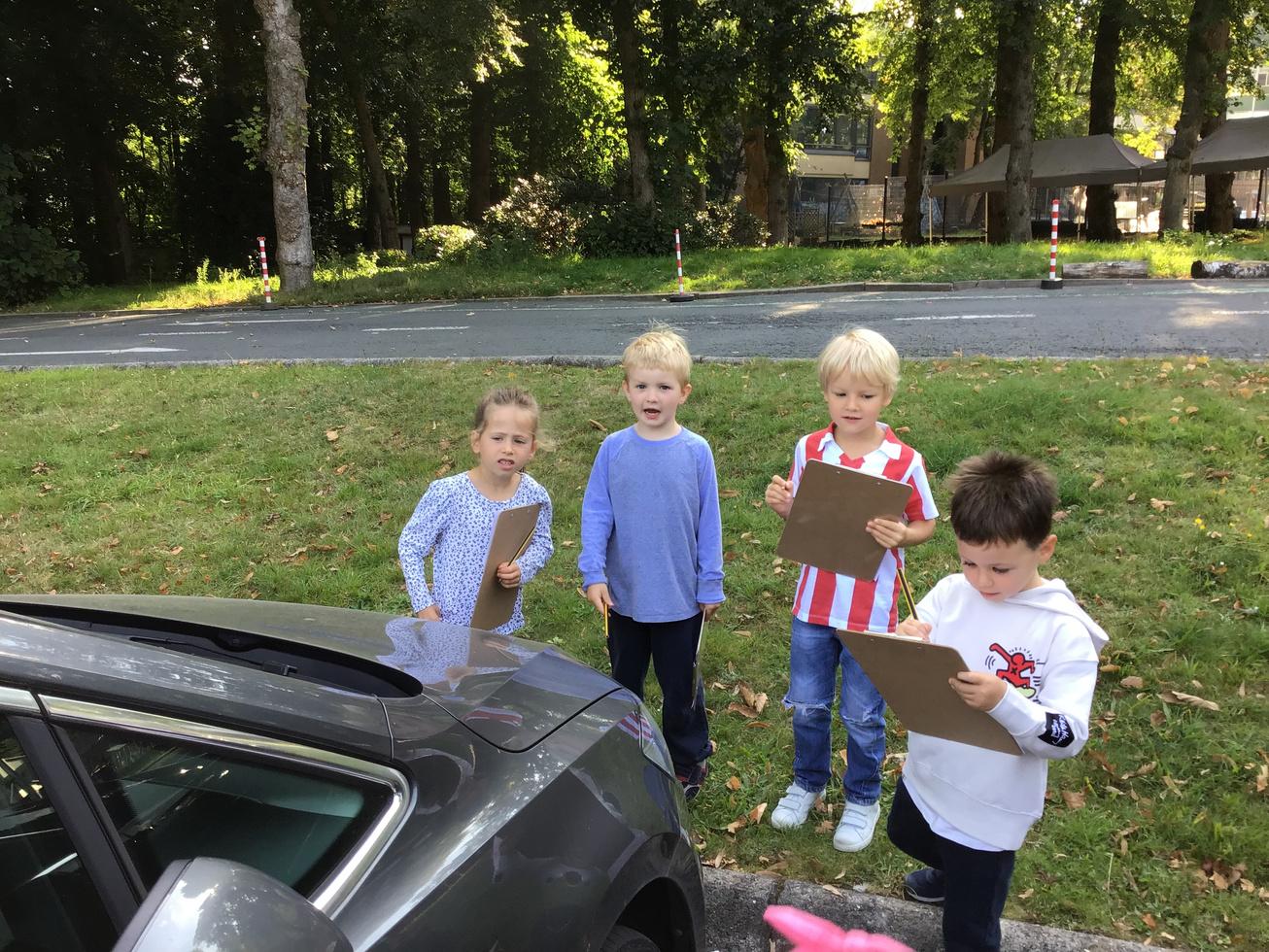

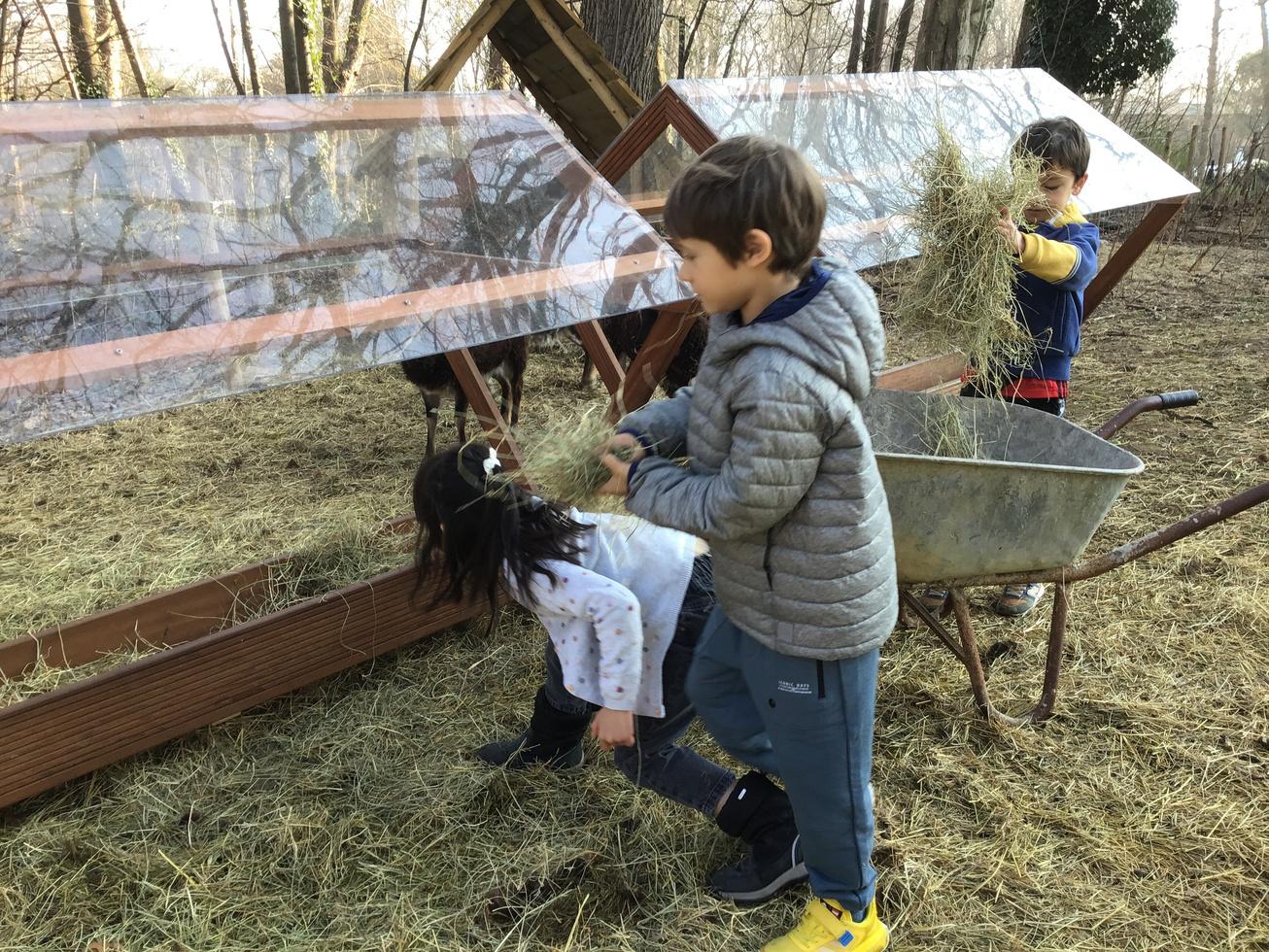
Grammar & Conventions - Uses developmentally appropriate grammatical structures and conventions

Produce upper and lower case letters and use capitals for the start of a sentence and “I”
Demonstrate some control over tense and generally use articles as pointers
Understand question words
Produce and expand on complete sentences
Name end punctuation
Write a letter or letters for most consonants and short vowel sounds
Use appropriate spelling based on the Common Core Standards
Writing Processes and Publication

With guidance and support from adults participate in shared editing of students' own texts and discuss possible changes
o d i n g
Exploring a range of software and tool to develop coding skills and mathematical thinking:
Beebots
Osmo
C
L










